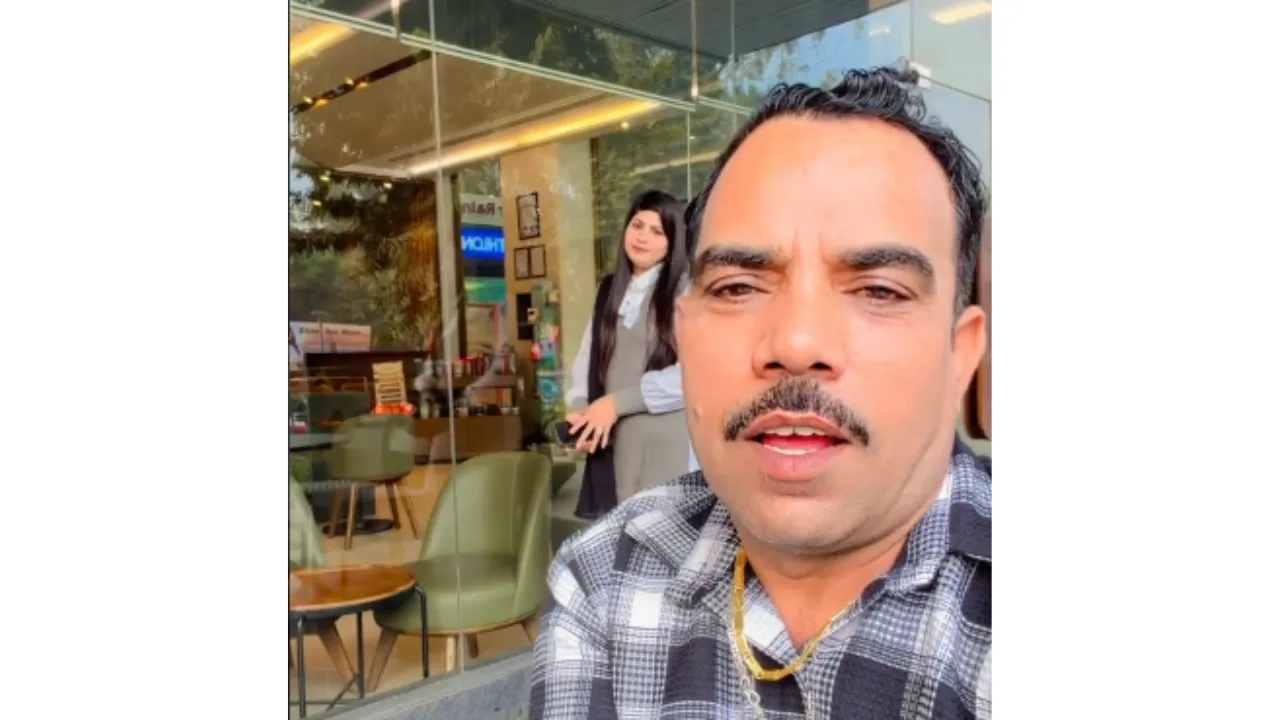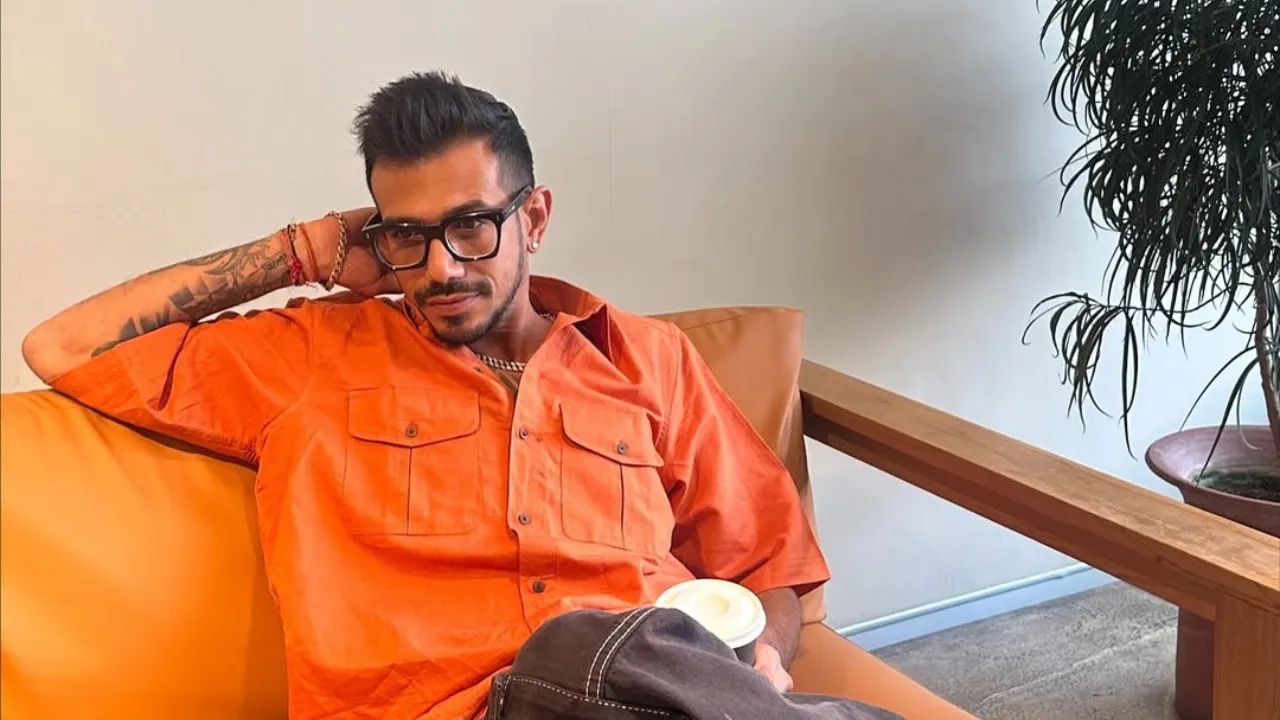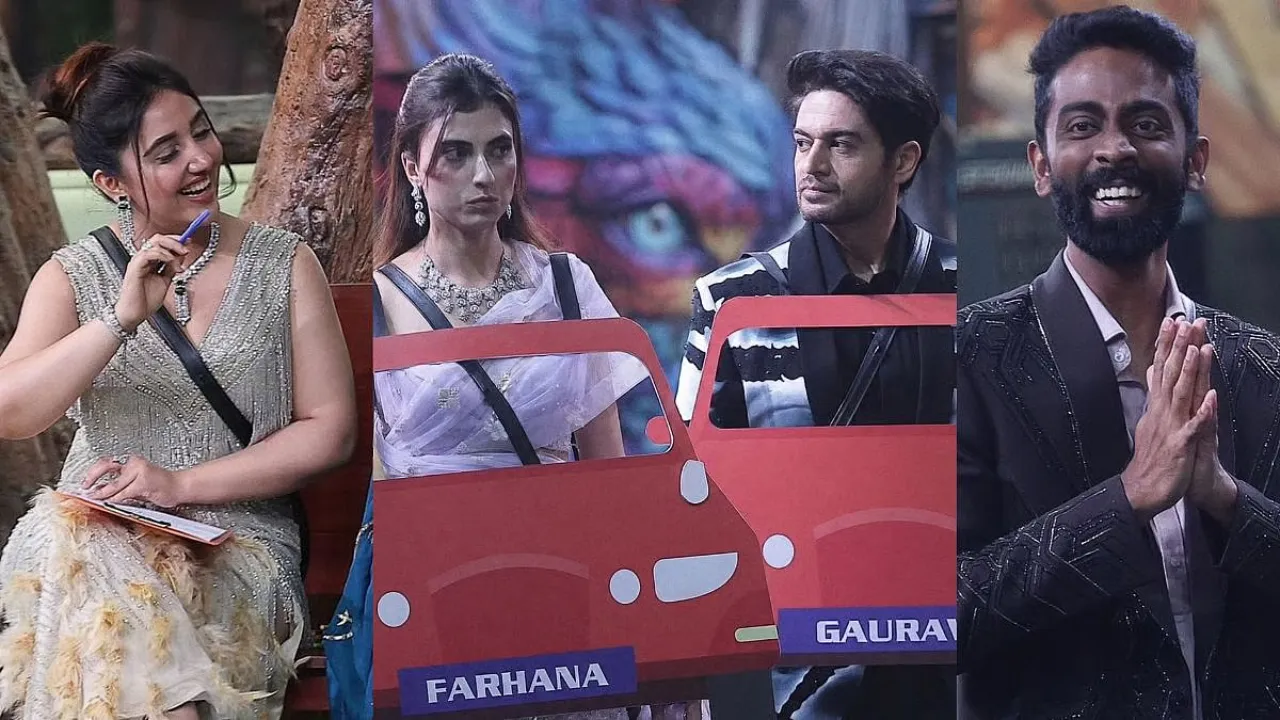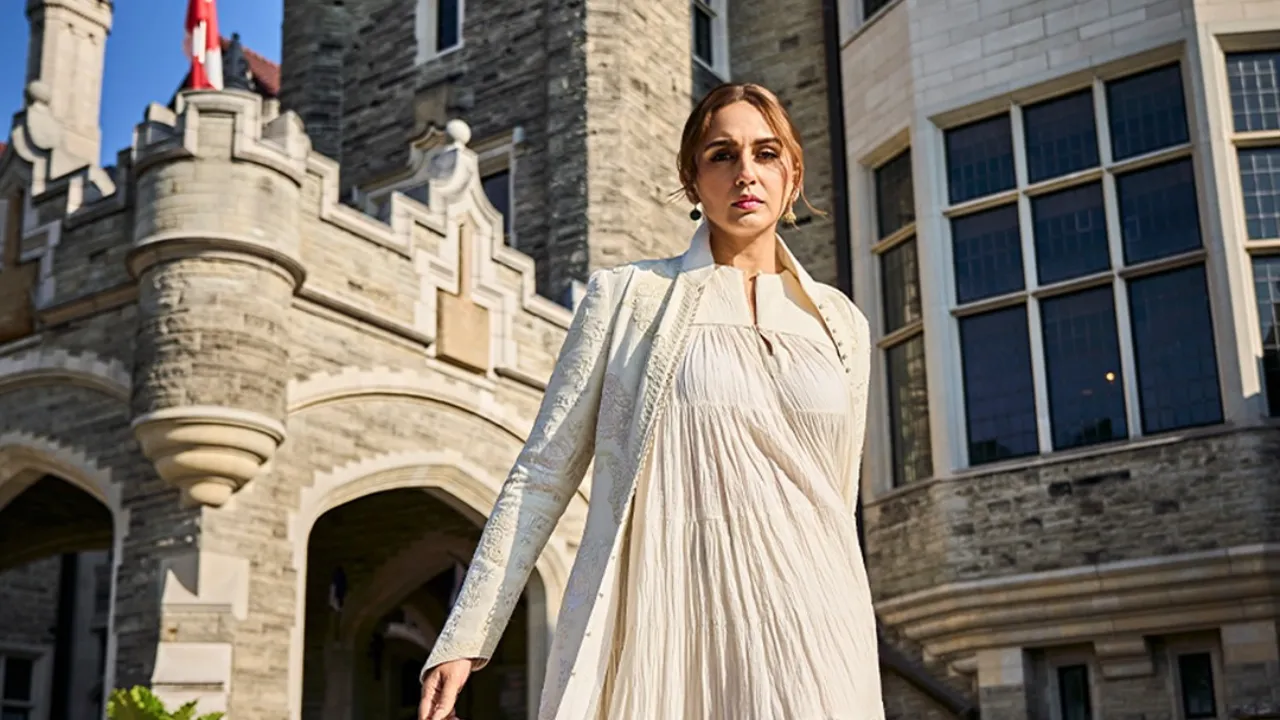It is definitely hurting: Keerthy Suresh on her AI-morphed images
When an actress of Keerthy Suresh’s stature speaks out, it shines a spotlight on a problem that many people — not just celebrities — are already feeling. In recent days Keerthy Suresh publicly reacted to AI-morphed images of her circulating online, calling the experience “irritating” and “deeply hurting.” Her comments underline how generative AI tools, when misused, can damage privacy, reputation and safety.
Why Keerthy Suresh’s reaction matters
Keerthy Suresh highlights an emotional and practical threat
Keerthy Suresh said she was shocked to see convincing fake images of herself in suggestive outfits and poses she never made. She described one example where a photo from a movie puja was altered from a different angle into a vulgar version — an edit that confused and upset her at first. That emotional response is important: it shows the harm isn’t only legal or technical, it’s deeply personal.
Her words also point to a larger, structural threat. Keerthy warned that while AI is a “boon,” we are losing control over how it’s used. She connected the misuse of AI to risks for women’s safety and urged stricter regulation — a reminder that technology policy matters in everyday life.
The context: this is a widespread problem, not a one-off
Keerthy Suresh joins other voices calling out deepfakes
Keerthy’s experience isn’t isolated. Over the last year, several public figures and private individuals have found doctored images and videos that look realistic enough to deceive friends, followers, and sometimes even newsfeeds. Media outlets covering Keerthy’s statement noted parallels with earlier incidents involving other celebrities, highlighting a growing pattern of AI misuse online.
That pattern matters because deepfakes and morphed images can be weaponized — for harassment, extortion, false accusations, or simply to degrade and objectify people. Keerthy’s emphasis on how “real” these edits can appear is a warning: even someone who knows their own body and wardrobe can be fooled in the moment.
What this means for fans, platforms and policymakers
Keerthy Suresh’s case shows we need a three-part response
- For platforms: Social networks and hosting sites must do more to detect and take down manipulated images quickly. Faster reporting, improved moderation, and better use of provenance tools (like image metadata and origin tracking) would reduce harm.
- For policymakers: Keerthy’s call for regulation matters. Laws that criminalize non-consensual image manipulation, require platform transparency, and mandate takedown timelines can deter misuse. Policy should also support digital literacy and clear legal recourse for victims.
- For the public: Fans and social media users can slow the spread. If a post looks unusual or exploitative, pause before sharing. Amplifying such content increases the harm — and often makes it harder to remove.
Practical steps Keerthy Suresh and others can take now
Protecting reputation and reducing spread
Keerthy Suresh has spoken publicly, which helps by raising awareness. Beyond that, here are practical moves public figures and private users can take:
- Document the abuse. Save screenshots, URLs and timestamps. This helps legal or platform complaints.
- Use platform reporting tools immediately. Report deepfakes as harassment or impersonation — many platforms have special flows for non-consensual content.
- Seek legal advice. In many jurisdictions, privacy and defamation laws can apply; lawyers can advise on takedown notices or criminal complaints.
- Public messaging. A clear, calm statement — like Keerthy’s — signals transparency and can limit rumor spread.
- Trusted digital hygiene. Lock down verified accounts, use two-factor authentication, and monitor for impersonation or cloned accounts.
These steps won’t stop every misuse, but combined they help victims reclaim control and reduce the viral damage.
A tech problem that needs social solutions
Keerthy Suresh reminds us humans must set the rules for tech
AI tools are neutral; they reflect how people choose to use them. Keerthy’s experience underscores that the human cost of misuse can be high — emotionally, professionally and socially. The solution isn’t to ban generative tools, but to create norms, design safety back into platforms, and enforce consequences for malicious use.
Experts, platforms and creators can work together on technical fixes: better watermarking of AI-generated content, detectable provenance, and model-level safeguards against creating realistic images of real people without consent. Keerthy’s call for stricter oversight is consistent with what many technologists and rights groups recommend.
How fans should respond — with respect and care
Support Keerthy Suresh without amplifying harm
If you’re a fan of Keerthy Suresh, your response matters. Support her by:
- Not sharing or commenting on morphed images.
- Reporting offending posts when you see them.
- Calling out harmful accounts that create or spread non-consensual content.
- Respecting her privacy while the platform and legal systems act.
That kind of community pressure can make social media a safer space for everyone.
Final thought: awareness is the first step
Keerthy Suresh’s voice is a useful wake-up call
Keerthy Suresh’s public reaction — “It is definitely irritating and deeply hurting” — is more than a celebrity complaint. It’s a reminder that the digital age brings new vulnerabilities, and that preventing harm requires coordinated action from platforms, lawmakers, technologists and users. Her honesty helps destigmatize the issue and pushes the conversation forward: how do we keep the benefits of AI while protecting people’s dignity and safety?
Also Read: Orry, Dawood’s Kin at Dubai Parties—Probe Reveals!






























